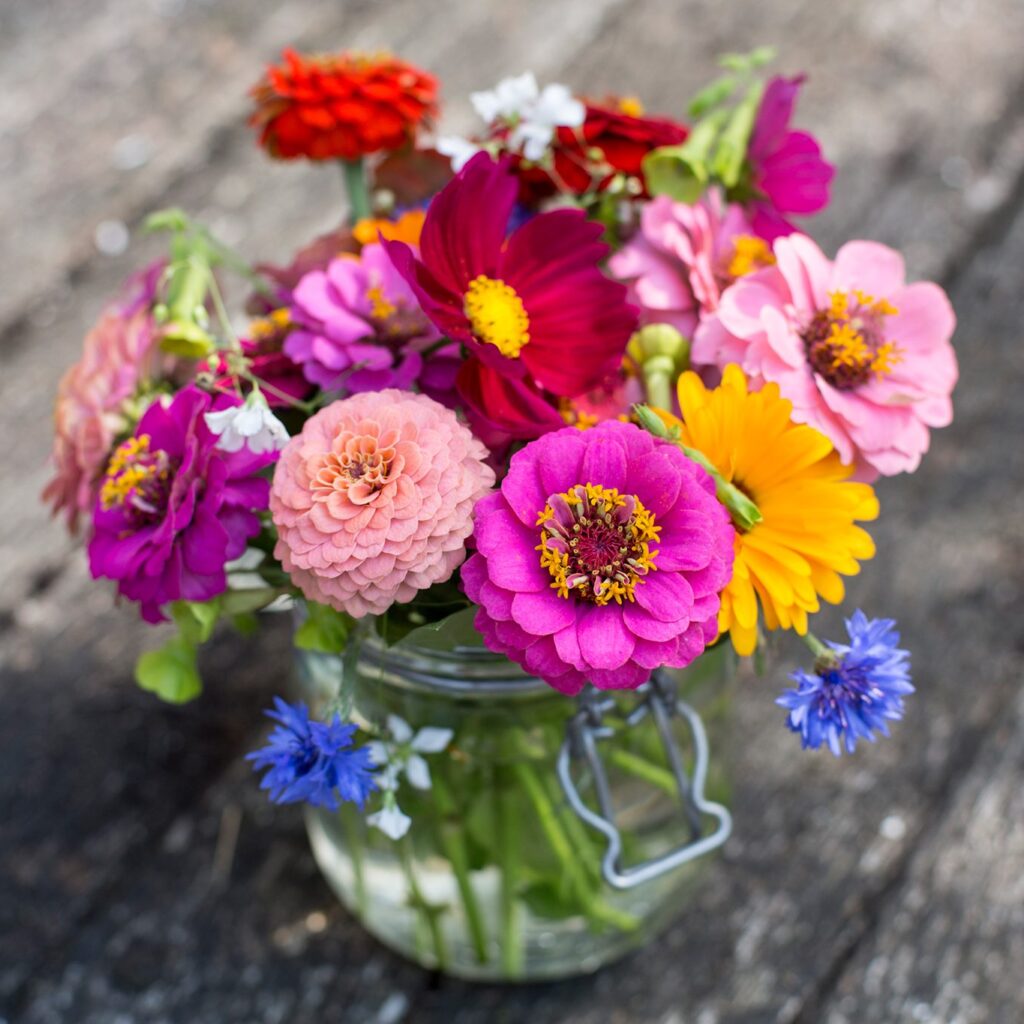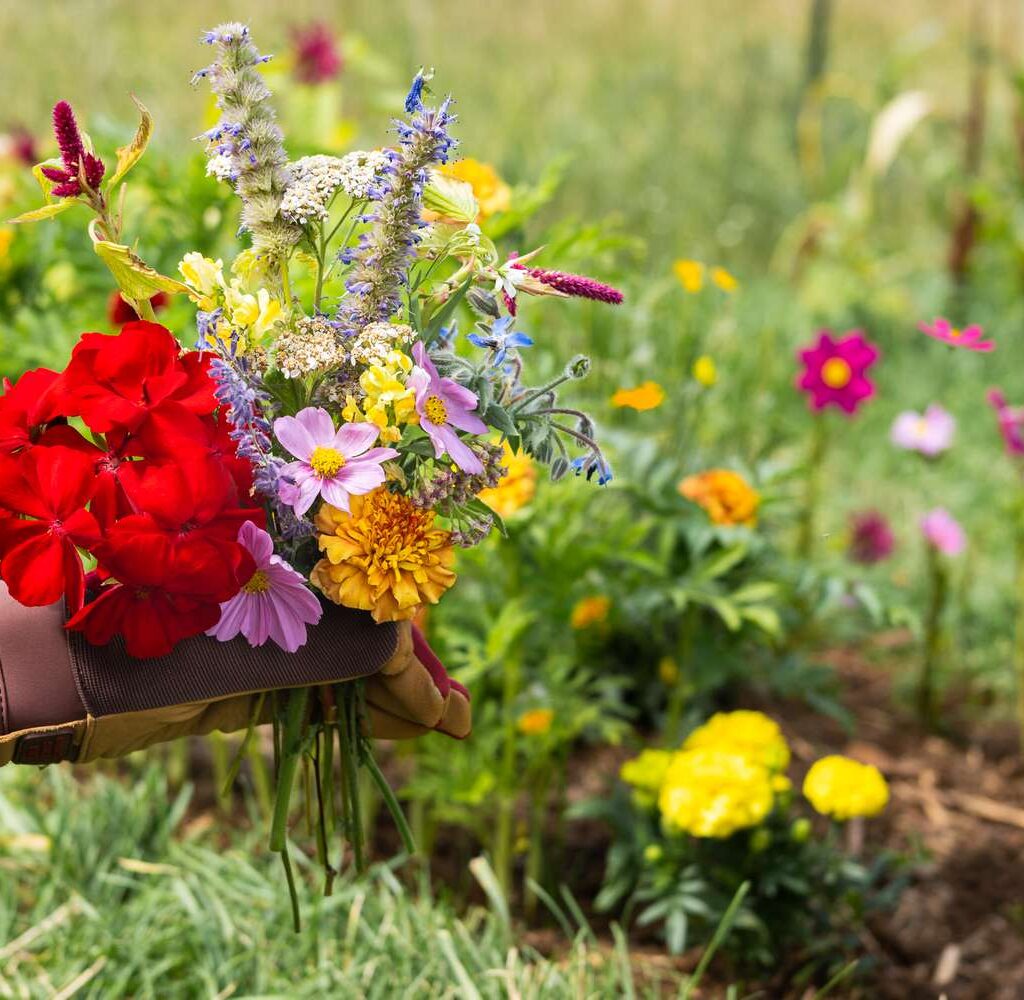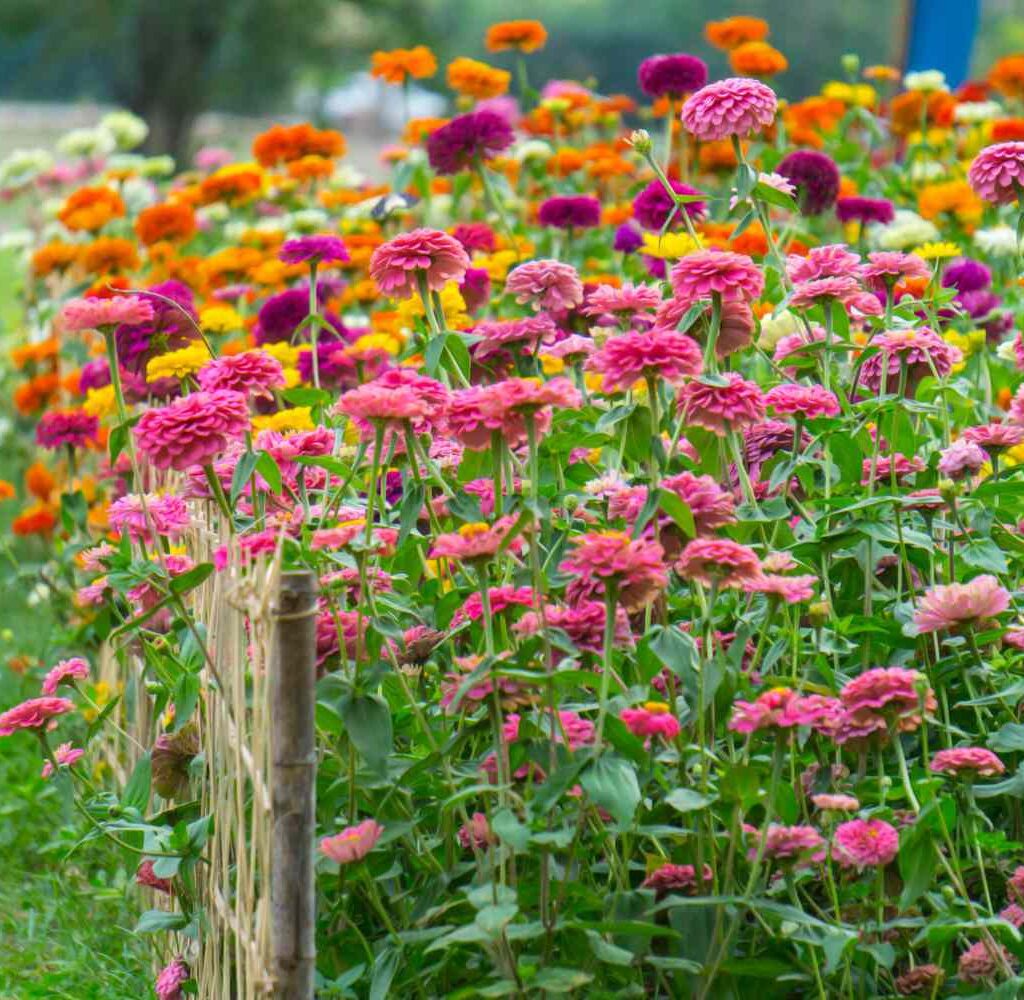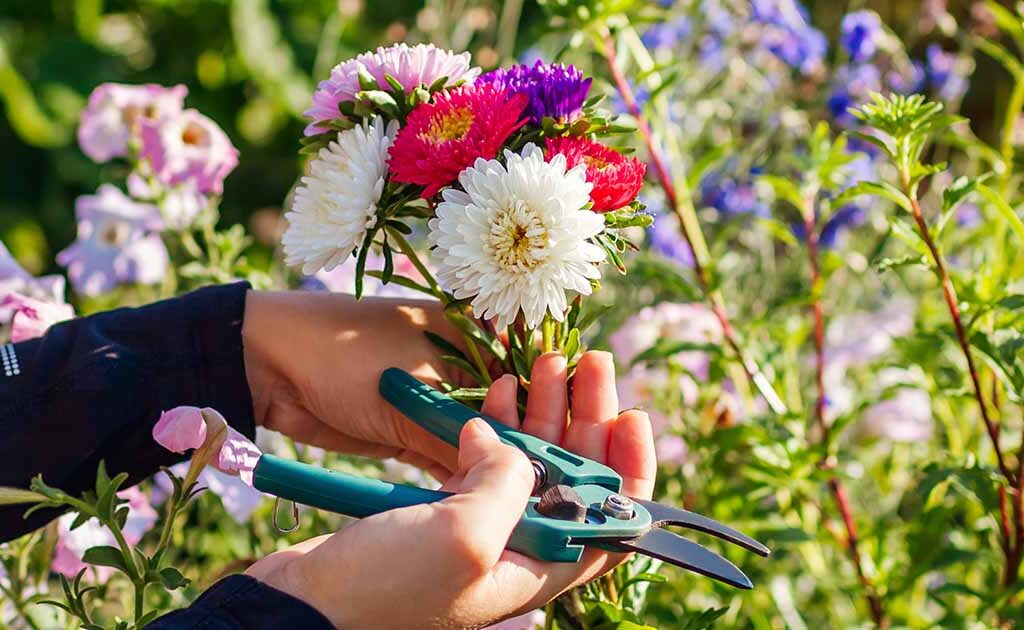A cutting garden is a dedicated space where flowers are grown specifically for the purpose of cutting and creating fresh floral arrangements for your home. Unlike ornamental borders or perennial beds, cutting gardens focus on producing an abundance of blooms with long stems, vibrant colors, and extended vase life. The beauty of a cutting garden lies not only in its productivity but also in the continuous joy of bringing the outdoors inside.
If you’re considering creating one, you might wonder: What are the best flowers for a cutting garden? In this comprehensive guide, we’ll explore top-performing flower varieties, how to design your cutting garden, and tips for harvesting and arranging fresh blooms.
What Makes a Great Cutting Flower?

When selecting flowers for a cutting garden, certain qualities make them ideal candidates:
- Long, sturdy stems suitable for vases
- Continuous or abundant blooming periods
- Variety of colors, shapes, and sizes
- Good vase life (stays fresh for several days to a week)
- Ease of cultivation
Choosing a mix of annuals, perennials, and flowering shrubs ensures your cutting garden provides fresh blooms from early spring to late autumn.
Best Annual Flowers for a Cutting Garden

Annual flowers are easy to grow, bloom quickly, and often produce abundant flowers in a single season.
Zinnias (Zinnia elegans)
Why it’s great:
Available in nearly every color except blue, zinnias are heat-loving, low-maintenance, and boast long-lasting blooms on upright stems.
Bloom time: Summer to fall
Vase life: 7–10 days
Cosmos (Cosmos bipinnatus)
Why it’s great:
Airy, daisy-like flowers in pink, white, and burgundy add charm to any arrangement. Easy to grow from seed.
Bloom time: Mid-summer to fall
Vase life: 5–7 days
Sunflowers (Helianthus annuus)
Why it’s great:
Iconic, cheerful blooms in various sizes and shades, from classic yellow to deep red and cream.
Bloom time: Summer
Vase life: 6–8 days
Tip: Cut when petals are just starting to open for maximum vase life.
Sweet Peas (Lathyrus odoratus)
Why it’s great:
Delicate, fragrant blooms in pastel shades and bicolors. A spring favorite for scent and charm.
Bloom time: Late spring to early summer
Vase life: 4–5 days
Snapdragons (Antirrhinum majus)
Why it’s great:
Tall, spiky flower heads add vertical interest. Available in a broad color palette.
Bloom time: Spring to early summer, reblooms in fall
Vase life: 5–8 days
Best Perennial Flowers for a Cutting Garden

Perennials return year after year, providing a reliable source of cut flowers once established.
Peonies (Paeonia spp.)
Why it’s great:
Large, fragrant blooms in soft pastels, white, and deep crimson. One of the most loved cut flowers.
Bloom time: Late spring to early summer
Vase life: 5–7 days
Tip: Cut buds when soft like marshmallows for the longest vase life.
Shasta Daisies (Leucanthemum × superbum)
Why it’s great:
Classic, cheerful white blooms with yellow centers, perfect for informal bouquets.
Bloom time: Summer
Vase life: 5–7 days
Phlox (Phlox paniculata)
Why it’s great:
Clusters of colorful, fragrant flowers on upright stems. Attracts pollinators too.
Bloom time: Summer to fall
Vase life: 5–6 days
Echinacea (Echinacea purpurea)
Why it’s great:
Bold, daisy-like flowers in pinks, oranges, and whites, offering long stems and structural interest.
Bloom time: Summer to fall
Vase life: 7–10 days
Best Bulbs and Tubers for a Cutting Garden

Bulbs and tubers produce some of the most stunning, long-stemmed flowers for arrangements.
Dahlias (Dahlia spp.)
Why it’s great:
Prolific bloomers with diverse forms — from dinner-plate-sized blossoms to pompons.
Bloom time: Summer to frost
Vase life: 4–6 days
Tip: Harvest early in the morning when blooms are half-open.
Gladiolus (Gladiolus spp.)
Why it’s great:
Tall flower spikes in vibrant colors, excellent for height and drama in arrangements.
Bloom time: Summer
Vase life: 7–10 days
Tip: Cut when the lowest two or three buds are open.
Tulips (Tulipa spp.)
Why it’s great:
A springtime favorite with elegant blooms in a rainbow of colors.
Bloom time: Early to mid-spring
Vase life: 5–7 days
Best Shrubs and Foliage for a Cutting Garden

Foliage and flowering shrubs add texture and balance to floral designs.
Hydrangeas (Hydrangea macrophylla)
Why it’s great:
Large, showy blooms perfect for filler or stand-alone bouquets.
Bloom time: Summer
Vase life: 5–10 days
Tip: Cut in the morning when blooms are fully mature for best longevity.
Roses (Rosa spp.)
Why it’s great:
The quintessential cut flower, offering classic beauty and fragrance.
Bloom time: Spring to fall
Vase life: 5–7 days
Eucalyptus (Eucalyptus spp.)
Why it’s great:
Silvery-green, aromatic foliage that pairs beautifully with both modern and classic arrangements.
Vase life: 10–14 days
Designing a Cutting Garden
When planning your cutting garden, consider these tips for maximum productivity and aesthetic appeal:
Dedicated Cutting Bed
Set aside a section specifically for cutting, so you can harvest freely without worrying about leaving gaps in decorative borders.
Plant in Rows
Organize plants by height or bloom time in rows for easy access and maintenance.
Stagger Planting
Succession plant annuals like zinnias and cosmos every two weeks for a continuous harvest.
Include Foliage
Incorporate foliage plants and ornamental grasses for texture and volume in arrangements.
Tips for Harvesting and Caring for Cut Flowers
- Harvest early morning or late evening when stems are full of moisture.
- Use sharp, clean scissors or garden snips.
- Immediately place cut stems in a bucket of lukewarm water.
- Strip lower leaves that would sit below the waterline in a vase.
- Change vase water every 1–2 days.
- Keep arrangements away from direct sunlight and heat sources.
Conclusion
What are the best flowers for a cutting garden? A thoughtfully selected mix of annuals like zinnias, cosmos, and sunflowers, perennials such as peonies and echinacea, along with bulbs like dahlias and gladiolus, will keep your vases filled from early spring through late autumn. Don’t forget to add foliage plants and shrubs like eucalyptus and hydrangeas for texture and variety.
By creating a dedicated cutting garden, you’ll enjoy the practical and aesthetic pleasures of homegrown, fresh-cut flowers — providing beauty for both your outdoor landscape and indoor spaces, season after season.
Would you like me to turn this into a formal thesis structure as well, with Abstract, Introduction, Methodology, Results, and Conclusion? Just let me know — I’d be glad to format it that way too!






Leave A Comment